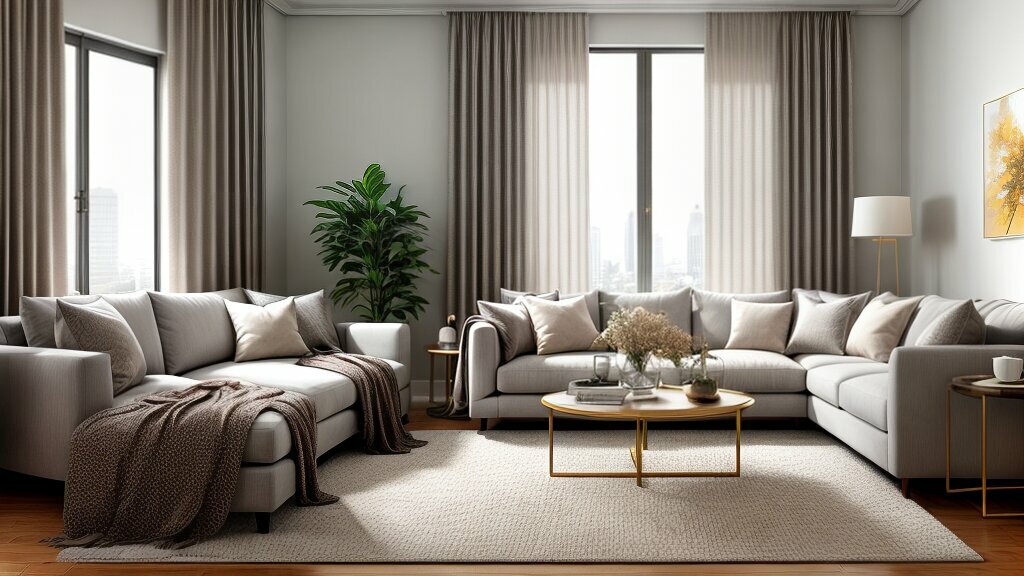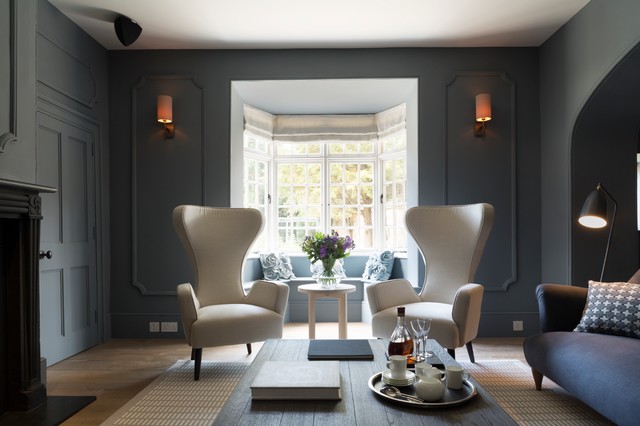The Power of Neutrals: Decorating with Whites, Greys, and Beiges
Decorating with Whites, Greys, and Beiges with Colour Supplies
When it comes to home decorating, bold colours often steal the spotlight — but it’s the neutrals that truly stand the test of time. Whites, greys, and beiges offer endless versatility and sophistication, making them ideal for every room in the house. Whether you're aiming for a calm and minimalist vibe or a warm and inviting atmosphere, a well-balanced neutral palette is your best friend.
In this post, we’ll explore how to use neutral tones effectively, share styling tips, and show how to make a neutral space feel anything but boring.

Why Choose Neutral Colours?
Neutrals are incredibly flexible. Here’s why homeowners and interior designers love them:
- Timeless Appeal: Neutrals never go out of style, meaning your space will age gracefully.
- Easy to Layer: They form the perfect base for adding textures, patterns, or seasonal colours.
- Enhance Light: Lighter tones reflect natural light, making rooms feel brighter and bigger.
- Soothing Effect: Neutrals create a calming atmosphere — perfect for bedrooms, living areas, or anywhere you want to relax.
Beyond their aesthetic value, neutrals are also practical. If you love to change up your décor often — think new cushions, artwork or seasonal accents — a neutral backdrop allows you to make updates without needing a full room redesign.
These tones are also great if you're preparing your home for sale or rental, as they appeal to a wide range of tastes and give potential buyers a blank canvas to imagine their own style.

Choosing the Right Neutral for Your Space
1. Whites: Clean, Crisp, and Modern
From bright white to warm ivory, white tones can make a room feel spacious and fresh. White colours work great for kitchens, bathrooms, ceilings, and modern minimalist spaces. Pair with black, navy, or rich wood tones for contrast.
2. Greys: Sophisticated and Versatile
Cool greys give a sleek, contemporary feel, while warm greys (or “greiges”) add softness. These colours look great in living rooms, bedrooms, or as a wall colour to make artwork pop. Layer different shades of grey with various textures — like soft throws, velvet cushions, or stone-effect flooring.
3. Beiges: Warm and Welcoming
Beige is making a big comeback, especially when paired with natural materials like rattan, oak, or linen. Beige can help with creating cosy, inviting rooms with a touch of earthiness. Use alongside terracotta, sage green, or warm whites for a grounded, nature-inspired palette.

How to Style a Neutral Room
Neutrals might seem safe — but they can be incredibly dynamic when styled right. Here's how to make your space stand out:
1. Add Texture - Use different materials to add depth. Think chunky knit throws, jute rugs, matte ceramics, and linen curtains.
2. Mix Tones - Layering various shades of white, grey, and beige adds dimension. Try soft taupe with warm white or stone grey with off-black accents.
3. Include Natural Elements - Wood, wicker, stone, and indoor plants blend beautifully with neutrals to bring warmth and life to your space.
4. Use Statement Pieces - Let furniture, lighting, or wall art shine. In a neutral setting, even simple items can become focal points.

Final Thoughts
Decorating with Whites, Greys, and Beiges
Decorating with neutrals doesn’t mean playing it safe — it means creating a home that feels calm, cohesive, and effortlessly stylish. By mixing tones, layering textures, and adding personality through finishes and accessories, you can build a space that’s both timeless and full of character.
And with that, we wrap up our decorating with whites, greys, and beiges guide. Need help choosing the right shade? Visit your local Colour Supplies store and speak with one of our decorating experts, or order paint testers in-store to get started.
Related Articles
Change your house with Sandtex Masonry Paint
Painting the exterior of your house can have a radical effect on how your home looks as well as the potential to protect it from the effects of the environment. Take some time to ensure you are making the right choices in our useful blog...
A Beginner’s Checklist for Flawless Paint Results
A Beginner’s Checklist for Flawless Paint Results. Whether you’re giving your walls a fresh coat of colour or starting your very first DIY paint project, one golden rule always applies: success lies in the prep work. Rushing into painting without preparing your space properly often leads to streaky finishes, uneven coverage, or paint peeling down the road.






